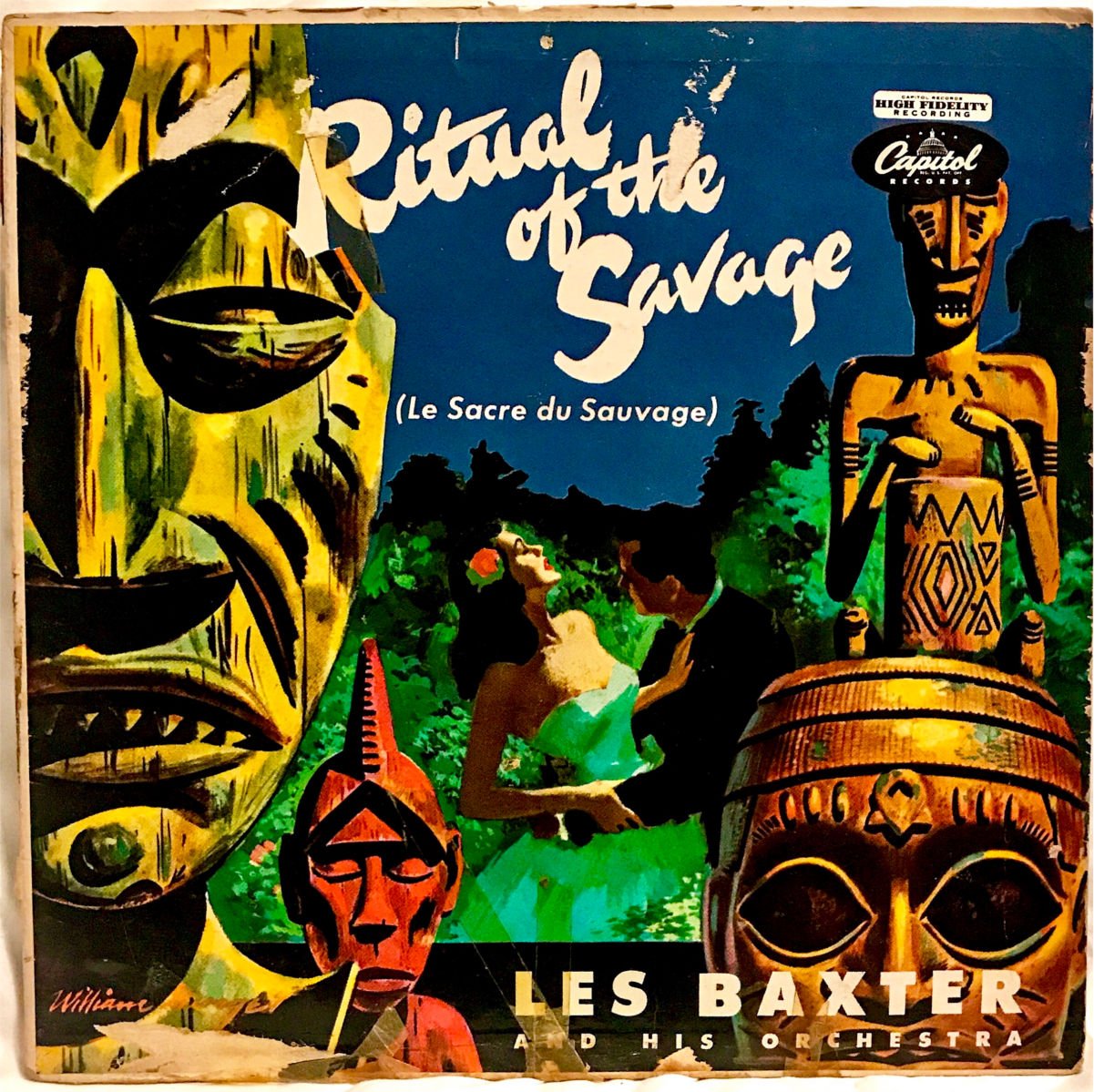[Monday Note No. 136] Les Baxter is one of the most important exponents of Exotica, a genre of music that was popular in the 1950s. Exotic music was vaguely inspired by the sounds of distant and fascinating places, such as the Pacific Islands, the Orient, and South America. Let’s listen to Busy Port, taken from Les Baxter’s best-known album, Ritual Of The Savage.
Les Baxter’s music has also been called ‘easy listening’, because it asks nothing to the listener. Seen from this point of view, it does not sound very interesting: it is music for the lift, for the supermarket.
Les Baxter was actually a good arranger and had some particularly good intuitions. His music is in some ways the forefather of New Age, which has been quite successful in more recent years. After all, Duke Ellington himself also used exotic sounds in his shows at the Cotton Club.
For example, Les Baxter was one of the first to use the theremin, a prototype synthesiser that is used extensively in the science fiction soundtracks of the 1950s and 1960s. We can also find similarities between the interest in exotic sounds and that in cosmos exploration. Science fiction and exoticism are two different forms of curiosity towards distant worlds.
If Les Baxter’s music is ‘easy listening’, that does not mean that it is easy music to create! Busy Port is in fact a very interesting track, for example the two and very impressive piano riffs. The first is in the time of 4/4 and the second in 6/4, in fact the song switches several times from one time to the other.

Want to try your hand at it? Solfege or play these two riffs and the one written a little further on. Can you do it or do you find them too difficult? If you want to improve your reading skills and learn how to play phrases like this, you might consider the Jazz Solfeggio Course, designed specifically for learning how to read typical pop and jazz music figurations.
In Busy Port the transition between 4/4 and 6/4 time is very smooth. Two measures of 6/4 are equivalent to three measures of 4/4, Les Baxter exploits this symmetry to switch from one tempo to the other.
Superimposed phrases played by flutes, strings, woodwinds are superimposed on the piano riffs. Here is a particularly incisive one, even the accents within the phrase contribute to the rhythmic ambiguity.

Busy Port is built entirely on a single chord of A7, and is therefore a modal piece that employs the mixolydian scale. Also because of this characteristic, Busy Port resembles a mambo in some respects, although it is more delicate. At times we can recognise a bolero rhythm.
Exotica music seems to be inspired not so much by distant and exotic lands as by their depiction in the window of a travel agency. It is naive music, but we can use it for a Hawaiian-style aperitif, without having to move from our terrace.
Until next Monday!


